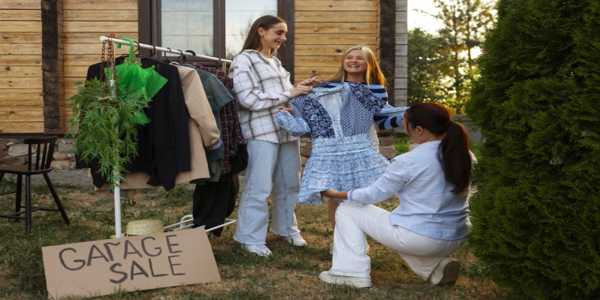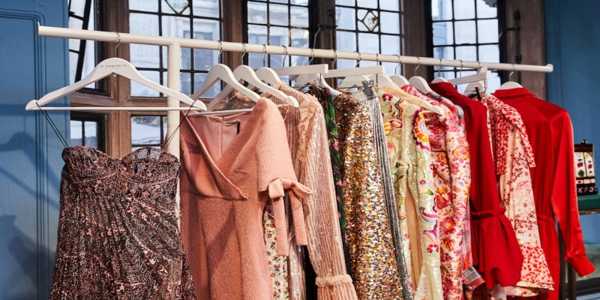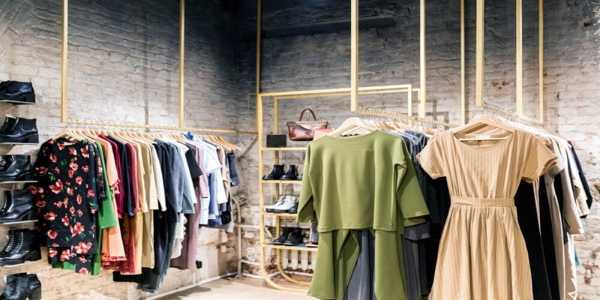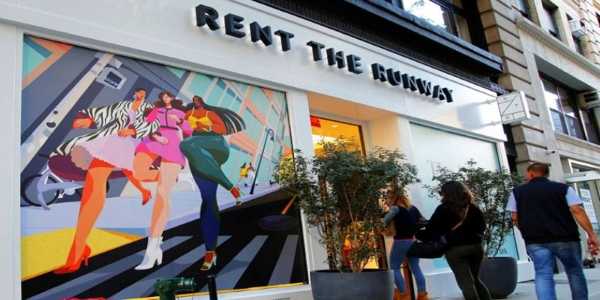The Future Of Sustainable Fashion Renting Instead Of Buying
The fashion industry has long been known for its environmental impact, contributing to waste, water pollution, and the depletion of natural resources. However, a shift is happening. More consumers and companies are beginning to look for alternatives that reduce this environmental toll. One such alternative is fashion renting, a model that challenges the traditional buy-and-wear cycle and offers a more sustainable way to enjoy clothing. This article delves into the growing trend of renting clothes instead of buying and explores its potential to shape the future of sustainable fashion.
The Rise Of Fashion Renting
Fashion renting is not a new concept, but it has gained momentum in recent years due to several factors. Rising concerns about the environmental impact of fast fashion, combined with the increasing demand for more sustainable and ethical consumption habits, have opened the door for this shift. In essence, renting clothes allows consumers to enjoy the latest styles without the burden of ownership, significantly reducing the number of garments produced, purchased, and discarded.

Platforms that offer rental services, such as Rent the Runway, HURR Collective, and others, have made it easier than ever for consumers to access high-quality clothing for short-term use. These platforms often allow customers to rent items for days, weeks, or months, giving them the flexibility to enjoy a rotating wardrobe without a long-term commitment. The model is appealing because it allows individuals to enjoy new fashion trends without constantly buying new pieces that may end up unused in the back of a closet.
Environmental Benefits Of Renting Fashion
The environmental benefits of renting clothes are significant. One of the most prominent advantages is the reduction in clothing waste. The fashion industry is one of the largest contributors to textile waste globally, with millions of tons of discarded clothing ending up in landfills each year. Renting fashion helps extend the lifecycle of garments, ensuring that they are reused multiple times before being retired.

Additionally, renting clothing reduces the demand for mass production. Traditional fashion manufacturing requires vast amounts of resources—water, energy, and raw materials—to create clothing. By renting, consumers decrease the demand for these resources and lessen the environmental burden associated with overproduction. In the long run, this could lead to a more circular fashion economy, where garments are kept in circulation longer, reused, and ultimately recycled at the end of their life.
Economic Factors Driving The Shift
The fashion industry is transforming, and economic factors are playing a key role in the rise of renting as a viable alternative to buying. First, the cost of clothing can be prohibitive, especially when it comes to high-quality or luxury items. Renting provides a cost-effective way to access expensive brands and high-end garments without the hefty price tag. For consumers, this means they can enjoy designer dresses, suits, or accessories for special occasions without having to make a significant investment in clothing they will likely wear only once.

On the other hand, renting also benefits the fashion industry. Many companies are looking for ways to tap into the growing consumer demand for sustainable options while maintaining profitability. By offering rental services, brands can increase their reach and cater to a broader audience, including those who may not have otherwise considered purchasing their products.
Furthermore, the advent of digital platforms has made it easier for individuals to rent clothes with just a few clicks. The convenience factor plays a significant role in driving the popularity of rental services. Users can browse and select garments from the comfort of their homes, eliminating the need for in-store visits and making it easier to access clothing on demand.
Social Acceptance And Changing Consumer Attitudes
As society becomes more conscious of sustainability, attitudes toward ownership and consumption are shifting. Renting fashion is no longer seen as a niche or temporary trend but as a viable option for many people who are looking to reduce their environmental footprint. Younger generations, in particular, are driving this change, as they are more likely to value experiences over material possessions and are often more concerned about the long-term impact of their purchasing decisions.
In addition to environmental concerns, there is a growing desire among consumers to experiment with fashion without the burden of purchasing and storing garments. Renting allows individuals to refresh their wardrobes regularly and try new styles, which is appealing in a culture that prioritizes novelty and variety. Renting also offers the opportunity to wear unique, high-end clothing for specific occasions, such as weddings, parties, or galas, without the pressure of investing in items that may never be worn again.

Challenges And Barriers To Widespread Adoption
While renting clothes offers numerous benefits, there are still challenges that need to be addressed before it can become a mainstream solution. One of the main concerns is the cleaning and maintenance of rented garments. Ensuring that clothes are properly cleaned and sanitized after each rental is essential for maintaining quality and hygiene standards. Many rental companies rely on specialized cleaning services, which can increase operational costs and raise concerns about the environmental impact of industrial cleaning processes.
Another challenge is the limited availability of rental options, especially in certain regions or for specific types of clothing. Although there are several rental platforms, the range of items available for rent may not always meet the needs of every consumer. This is particularly true for everyday clothing as opposed to special occasion attire. For renting to become a more widespread alternative to buying, the rental model needs to expand beyond just event-based or luxury garments and offer a broader selection of everyday, practical items.
Additionally, better infrastructure is needed to facilitate returns and exchanges. Renting involves a constant flow of garments back and forth, and ensuring a seamless, efficient process is crucial to maintaining customer satisfaction. Some consumers may also worry about the fit and quality of rented items, which can pose barriers to their willingness to try the service.
The Future Of Renting In Sustainable Fashion
Despite the challenges, the future of renting as a sustainable fashion model looks promising. As consumer attitudes continue to shift and technology advances, the potential for renting to replace buying as the dominant form of fashion consumption grows. Rental platforms are likely to expand their offerings and improve their logistical operations, making it easier for customers to access a wide range of clothing. Additionally, advances in materials and garment production may lead to longer-lasting, higher-quality items that are better suited for multiple rentals over time.
With increased awareness of the environmental impact of fast fashion, brands are likely to embrace more sustainable practices, including offering clothing rental options. As the circular economy gains traction, rental services will play an integral role in reducing waste and promoting more sustainable consumption habits. Furthermore, as new technologies like 3D printing and garment recycling continue to evolve, the fashion industry will be better equipped to meet demand without the need for mass production.
Conclusion
Renting fashion instead of buying is poised to be a significant part of the future of sustainable fashion. It offers numerous environmental, economic, and social benefits, making it an appealing alternative for consumers who want to enjoy new clothes without the negative consequences of overconsumption. While challenges remain, such as concerns about cleaning and garment availability, the continued growth of the rental market suggests that it will become an increasingly important way to consume fashion more sustainably and responsibly. The future of fashion may not be about owning clothes but about renting them—creating a circular fashion ecosystem that benefits both consumers and the planet.





